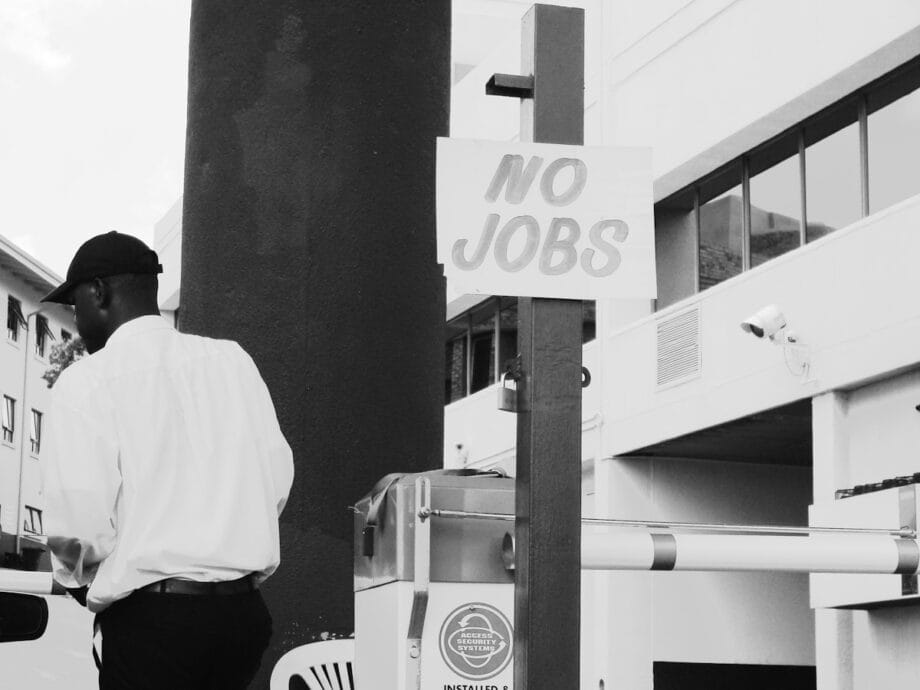US Job Cuts Surge to Historic Highs in October 2025
In October 2025, the United States experienced a dramatic swell in job reductions, resulting in the highest layoff totals recorded for this month in more than twenty years.
Data released by the outplacement firm Challenger, Gray & Christmas disclosed that American corporations announced a staggering 153,074 job eliminations, representing an extraordinary increase of 183% compared to the previous month’s 54,064 cuts and a substantial rise of 175% relative to October 2024.
This pronounced escalation raises alarming questions regarding the robustness of the labor market amidst swift technological advancements and persistent economic challenges.
Sectoral Overview
The technology and warehousing sectors were at the forefront of this downturn, documenting nearly 450 separate job cut announcements in October, in contrast to about 400 in September.
Cumulatively, job cuts in the technology sector reached 141,159 in 2025, a notable increase from 120,470 during the same timeframe last year.
Industry analysts attribute this spike predominantly to initiatives aimed at cost reduction and the accelerated integration of artificial intelligence (AI), which is redefining job functions and productivity benchmarks.
Andy Challenger, the firm’s chief revenue officer, remarked, “As we witnessed in 2003, disruptive technology is transforming the employment landscape.”
The layoffs observed this year reflect a dual reality: the correction following post-pandemic hiring sprees and the adaptation to AI-driven operational efficiencies.
Company-Specific Layoff Details
Below is a detailed enumeration of some of the most substantial layoffs amidst this employment wave:
Amazon:
- Announced approximately 14,000 job cuts in corporate roles, equating to around 4% of its white-collar workforce.
- These layoffs form part of CEO Andy Jassy’s strategy to “reduce bureaucracy, eliminate layers,” while reallocating resources to AI initiatives.
- Projections suggest that total job reductions could escalate to 30,000, potentially marking Amazon’s most extensive corporate layoff in history.
- Amazon continues its considerable investments in AI and data center infrastructure, forecasting over $110 billion in capital expenditures this year.
- The job cuts will impact various departments, including human resources, cloud services, retail, and device divisions.
UPS:
- Eliminated over 48,000 positions as part of a reorganization driven by reduced delivery volumes, particularly for Amazon shipments.
- Automation enhancements in facilities have contributed significantly to workforce reductions, affecting managerial and driving roles alike.
- With nearly half a million employees globally, these cuts represent a profound redistribution of labor amidst escalating productivity metrics.
Intel:
- Laid off more than 20,000 workers in a cost optimization strategy aimed at recovering from previous production missteps under CEO Lip Bu Tan.
- The workforce reduction targets key segments of its 108,900 employees, focusing on streamlining operational efficiencies.
Microsoft:
- Cuts affected roughly 6,000 jobs across diverse business units, including international operations.
- These layoffs touched all levels of the organization, encompassing divisions such as LinkedIn and its AI sector.
Salesforce:
- Reduced approximately 4,000 roles in customer support, decreasing the team from 9,000 to 5,000.
- CEO Marc Benioff highlighted AI’s transformative impact on customer service as a primary rationale for the reductions.
Meta:
- Cut around 600 positions within its Meta Superintelligence Labs, focused on AI development.
- Additional layoffs were reported within the risk review team, yet core personnel engaged in personal superintelligence were unaffected.
Applied Materials:
- Announced layoffs affecting about 1,400 employees (around 4% of its workforce) in response to stringent semiconductor export regulations.
Chegg:
- Reduced staff by 388 positions, nearly 45% of its workforce, citing declines in Google traffic and challenges posed by AI in the online education domain.
Rivian:
- Laid off 600 automotive positions, representing roughly 4% of its workforce, marking its third round of layoffs this year in response to market adjustments.
Target:
- Cut 1,800 corporate roles, about 8%, as part of a significant restructuring attributed to shifting consumer habits and cost constraints.
Other industries also faced considerable job eliminations, with corporations like Starbucks, Delta, Molson Coors, Paramount, Google, and Paycom announcing downsizing measures.

The nonprofit sector has seen a particularly sharp uptick in layoffs, largely due to funding deficiencies.
Despite the unprecedented wave of layoffs, some industry leaders remain cautiously optimistic, positing that AI-driven efficiencies may indeed engender new employment opportunities.
Nevertheless, with recruitment plummeting, the labor market is poised to confront substantial challenges in the foreseeable future.
This record-setting October elucidates the profound structural transformations affecting America’s workforce as organizations recalibrate in the face of technological upheaval and economic volatility.
Source link: M.economictimes.com.






